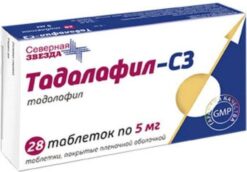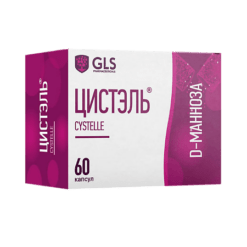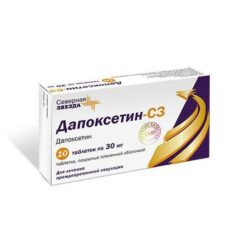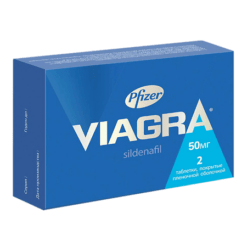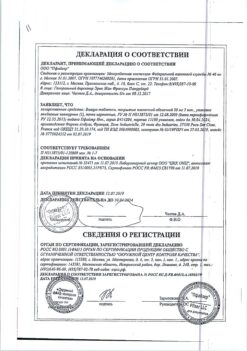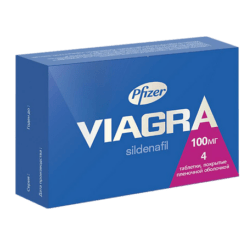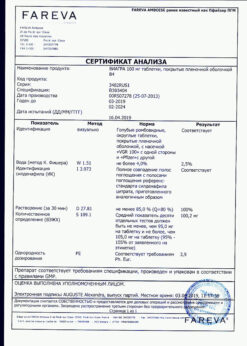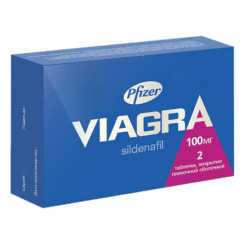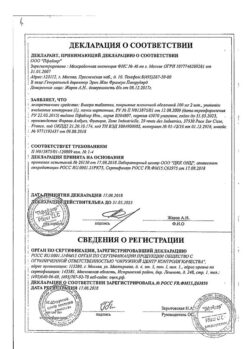No products in the cart.
Uralit-U, 280 g
€39.40 €32.83
Description
– For dissolution of uric acid stones.
– For prevention (prevention of recurrence) of formation of calcium and uric acid stones, as well as mixed stones – calcium oxalate/uric acid or calcium oxalate/calcium phosphate.
Indications
Indications
– To dissolve uric acid stones;
– To prevent (relapse prevention) the formation of calcium-containing and uric acid stones, as well as mixed stones – calcium oxalate/uric acid or calcium oxalate/calcium phosphate.
Pharmacological effect
Pharmacological effect
The drug alkalinizes urine, dissolves and prevents the formation of uric acid stones. It maintains for a long time a shift of the reaction towards the alkaline side, in which uric acid salts are in solution and do not form stones. The process is dose-dependent.
Alkalosis reduces urinary calcium excretion.
Presumably, citrate ions are an effective physiological inhibitor of calcium oxalate (and calcium phosphate) crystallization and aggregation of these crystals.
When taking 10 g of potassium sodium hydrogen citrate, the body receives approximately 36 mmol of citrate, which is equivalent to less than 2% of the daily turnover of citrate involved in the body’s energy metabolism. Citrate undergoes almost complete metabolic breakdown. Only 1.5–2% of the dose taken is found unchanged in the urine.
After taking a daily dose of potassium sodium hydrogen citrate, an equivalent amount of sodium and potassium is excreted by the kidneys within 24 to 48 hours. With long-term use of the drug, the daily excretion of sodium and potassium is in balance with the amount taken during the day.
At therapeutic doses, no significant changes in the blood gas composition and electrolyte content in the blood serum are observed. This indicates that with normal kidney function, any possibility of sodium or potassium accumulation in the body is eliminated.
Special instructions
Special instructions
In all cases, the use of the drug should be part of the overall concept of treatment and prevention (diet, increased fluid intake, etc.).
Before starting therapy, it is necessary to conduct examinations aimed at identifying all cases of concomitant diseases that contribute to the formation of kidney stones in order to exclude them. This also applies to cases of specific therapy (parathyroid adenoma, malignant tumors generating the formation of uric acid stones, etc.).
Before the first dose, it is necessary to determine the concentration of electrolytes in the serum and check renal function. In addition, if renal tubular acidosis (RTA) is suspected, the acid-base status should be checked.
In patients with severe liver dysfunction, Uralit-U® should be used with caution.
Uralit-U® contains sunset dye (E 110), which in rare cases can cause allergic reactions, including bronchial asthma in sensitized individuals. Allergic reactions are more common in people with hypersensitivity to acetylsalicylic acid.
Treatment with cytostatics: During treatment with cytostatics, it is advisable to alkalize the urine in order to prevent an increase in the concentration of uric acid, which is consistent with measures to prevent the formation of uric acid stones. In addition, there is information about the protective effect of alkaline urine pH, which reduces the aggressiveness of cytostatic metabolites, such as isophosfamide derivatives (cyclophosphamide, isophosphamide) and increases the solubility of cytostatics (for example, methotrexate) and their metabolites. Urine pH values must be maintained at a level not lower than 7.0.
In porphyria cutanea tarda there is a deficiency of uroporphyrinogen decarboxylase, under the influence of which uroporphyrinogen is metabolized into coproporphyrinogen. The purpose of metabolic alkalinization is to prevent re-diffusion of coproporphyrin through the renal tubules, which in turn increases the clearance of coproporphyrin. It is believed that as a result of increased excretion of coproporphyrinogen, there is an increase in the synthesis of coproporphyrinogen from uroporphyrinogen and, as a consequence, there is a decrease in the amount of circulating uroporphyrin. The urine pH value should be 7.2 – 7.5.
Active ingredient
Active ingredient
Potassium sodium hydrogen citrate
Composition
Composition
1 scoop (2.5 g) contains:
active ingredient: potassium sodium hydrocitrate (hexakalium-hexanatrium-trihydro-pentacitrate) (6:6:3:5) – 2.4277 g;
excipients: hydration water of the active substance – 67.3 mg, sunset dye (E 110) – 0.2 mg, lemon oil – 4.8 mg.
Pregnancy
Pregnancy
There is insufficient clinical data on the use of Uralit-U® in pregnant women. Experimental studies on animals did not reveal any signs of teratogenic or embryotoxic effects of the drug. Since the active ingredient is a combination of substances normally present in the body, the drug can be used during pregnancy and lactation according to the indicated dosage recommendations. If it is necessary to use during pregnancy and breastfeeding, the expected benefit for the mother should be weighed against the likely risk for the fetus and child.
Contraindications
Contraindications
– Hypersensitivity to the components of the drug;
– acute or chronic renal failure;
– metabolic alkalosis;
– hereditary episodic adynamia;
– chronic urinary tract infections caused by bacteria that break down urea (risk of struvite stone formation);
-diet low in sodium (table salt);
– acute dehydration.
The drug is contraindicated in patients who have a urine pH above 7 combined with poorly controlled diabetes mellitus or adrenal insufficiency.
Use in children under 12 years of age is not recommended as there is insufficient clinical experience in this age group.
Side Effects
Side Effects
The most common side effects are dyspepsia (moderate abdominal pain, diarrhea and nausea).
The development of phosphate nephrourolithiasis is possible due to exceeding the maximum daily dose in patients whose urine pH is above 7.
Interaction
Interaction
Any increase in extracellular potassium concentration will weaken the effect of cardiac glycosides, while any decrease will enhance the arrhythmogenic effect of cardiac glycosides. Aldosterone antagonists, potassium-sparing diuretics, ACE inhibitors, non-steroidal anti-inflammatory drugs and non-narcotic analgesics reduce renal excretion of potassium. It should be remembered that 1.0 g of the drug contains 0.172 g or 4.4 mmol of potassium.
When following a low-sodium diet, it must be taken into account that 1.0 g of Uralit-U® contains 0.1 g or 4.4 mmol of sodium, which is equivalent to 0.26 g of sodium chloride.
Preparations containing citrates, when taken simultaneously with drugs containing aluminum, may enhance the absorption of aluminum. If such drugs are necessary, the interval between doses of each of them should be at least 2 hours.
Overdose
Overdose
With normal renal function, there is no likelihood of adverse effects on metabolic parameters even after taking doses higher than recommended, since the excretion of excess alkali by the kidneys is a natural regulatory mechanism that ensures acid-base status.
Accidental overdose can be reversed at any time by reducing the dose; If necessary, you should consult a doctor; as a rule, appropriate measures are used to treat metabolic alkalosis.
Storage conditions
Storage conditions
Store at a temperature not exceeding 25°C out of the reach of children.
Shelf life
Shelf life
5 years.
Do not use after the expiration date.
Manufacturer
Manufacturer
Martin Bauer GmbH & Co. KG, Germany
Additional information
| Shelf life | 5 years. |
|---|---|
| Conditions of storage | Store at a temperature not exceeding 25 ° C. |
| Manufacturer | Martin Bauer GmbH & Co. KG, Germany |
| Medication form | granules for preparation of oral solution |
| Brand | Martin Bauer GmbH & Co. KG |
Related products
Buy Uralit-U, 280 g with delivery to USA, UK, Europe and over 120 other countries.


